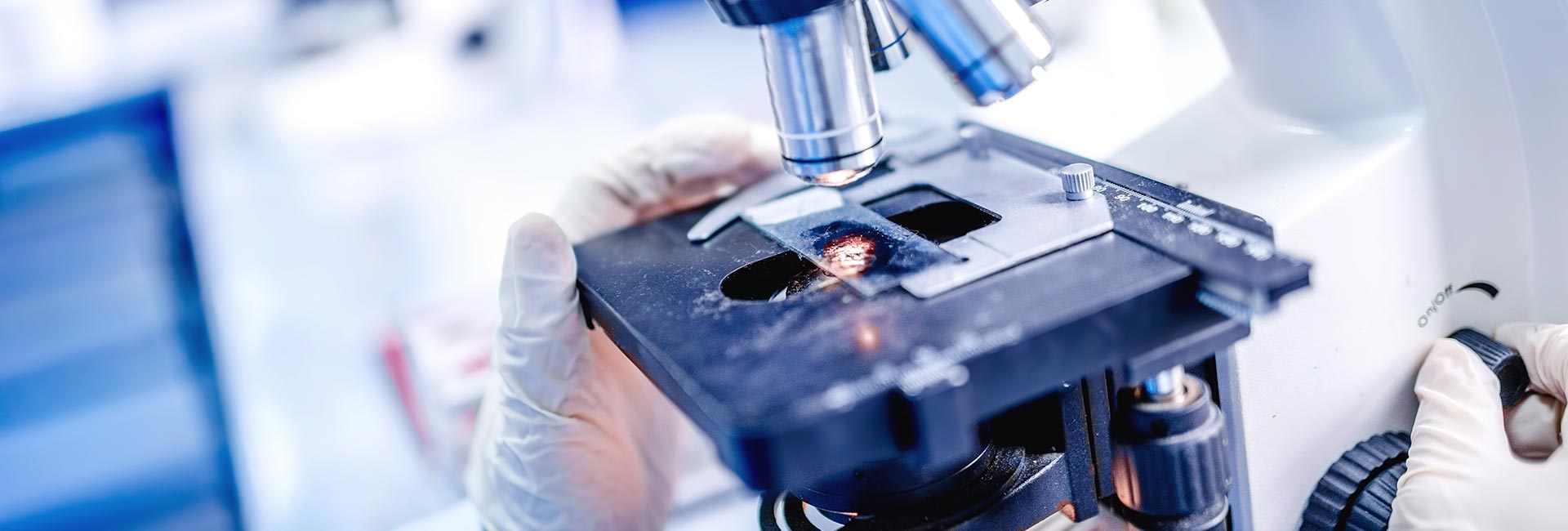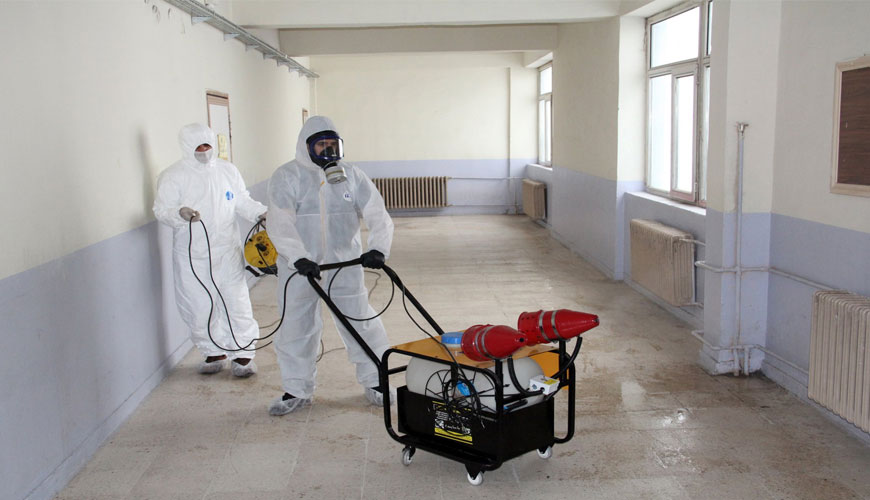

In the IEST-RP-CC004 standard developed by the Institute of Environmental Sciences and Technology (IEST), the requirements for wiping materials used in clean rooms and other controlled environments are explained and test methods are defined.

The recommended practice in the IEST-RP-CC004.4 standard includes methods for evaluating and testing wipers used in cleanrooms and other controlled environments for both cleaning and functional properties. In the last update of this standard, significant changes have been made and a new annex (Annex A) has been introduced which provides additional guidance based on common use and collective experience. This standard includes a table to assist users in selecting wipers that are suitable for particular applications or environments.
This latest update replaces previous releases including IEST-RP-CC004.3, IEST-RP-CC004.2, and IES-RP-CC-004-87-T.
The properties of wiping materials used in cleanrooms are described as very critical by contamination control experts, and the test methods used are vital to product development and quality assurance. Tests performed under IEST-RP-CC004.4 are evaluated for cleanliness, absorbency and purity.
In fiber tests, a wiper is washed in water using a biaxial agitator for five minutes. The fibers released into the water are filtered through a membrane and counted microscopically. Results are expressed as ≥ 100 µm per square centimeter.
In the particle generation / biaxial shake test, a wiper is washed in water for five minutes using a biaxial shaker. A liquid source particle counter then counts the particles released into the water. The total number of particles released is divided by the wiper area and the results are expressed as ≥ 0,5 µm particles per square centimeter.
In the airborne particle / Helmke drum test, under controlled conditions, ten wipers are rotated in a rotating drum to separate the particles from the squeegee fabric. The airborne particle counter counts the particles released and the results are expressed as the number of particles per cubic foot of air.
Among the numerous test, measurement, analysis and evaluation studies it provides for businesses in various sectors, our organization also provides testing services for wiping materials used in clean rooms and other controlled environments, within the scope of IEST-RP-CC004 standard, with its trained and expert staff and advanced technological equipment. gives.
To get an appointment, to get more detailed information or to request an evaluation, you can ask us to fill in our form and reach you.